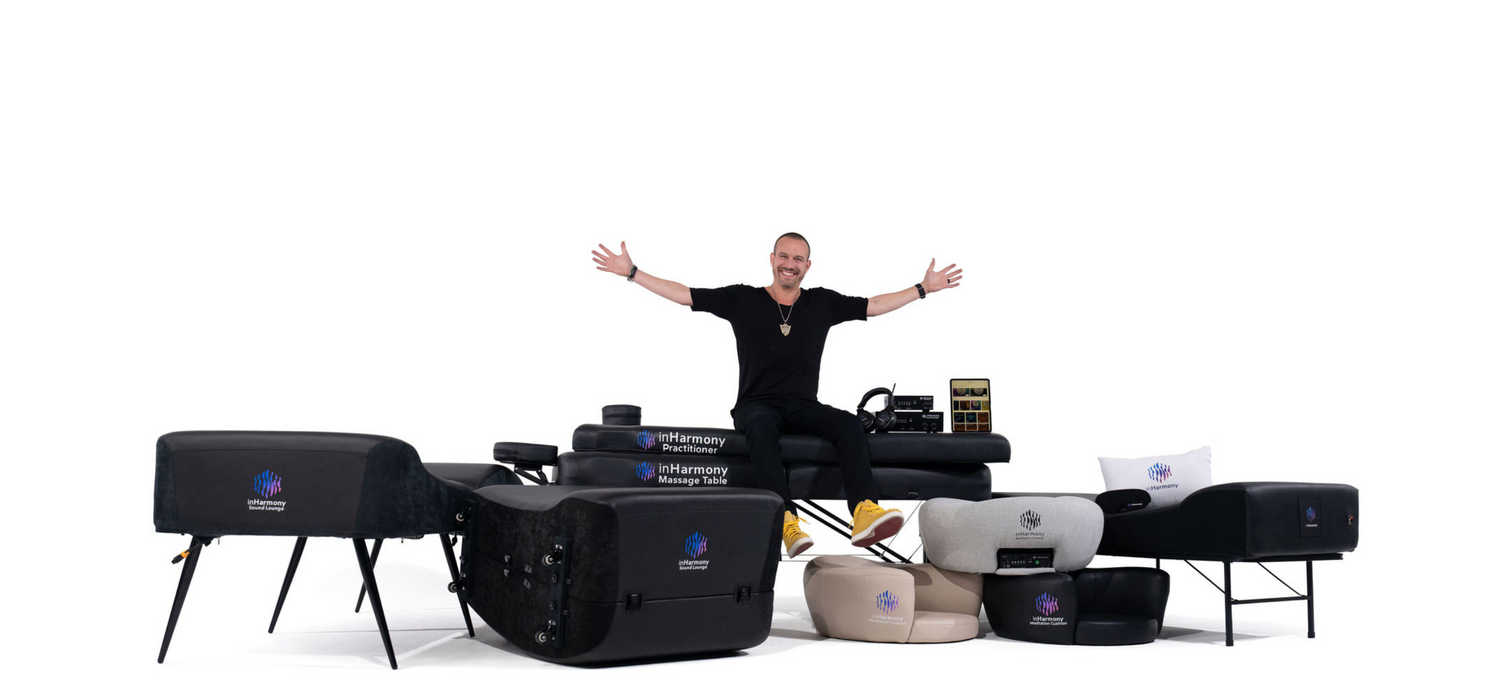Cogan et al. (2006) conducted a retrospective chart review to assess the effectiveness of a three-phase Sound Resonance Technology Therapy (SRTT) protocol for treating fibromyalgia. This study involved 128 participants (mean age 47 ± 10, male and female) and focused on exploring a holistic approach to symptom relief.
The Three-Phase Protocol:
- Sound Resonance Sessions: Over a period of two weeks, participants underwent 16 to 20 sound resonance sessions, each session lasting 42 minutes. After every session, they documented their thoughts, feelings, and memories.
- Intensive Psychotherapy: Following the sound therapy, participants engaged in approximately 27 hours of intensive psychotherapy over another two weeks. The goal was to connect stressful life elements with the insights gained during the sound therapy sessions.
- Integration into Daily Life: The final phase focused on integrating the awareness from the previous phases into everyday life. This phase spanned 5 to 11 months, ensuring that participants could apply their new understanding in a practical and sustainable way.
The study suggests that the SRTT protocol may offer rapid and considerable relief from fibromyalgia symptoms, with potential long-term benefits. However, the findings are not conclusive, and more research is needed to fully understand the therapy’s effectiveness. While more studies are necessary, these initial results are encouraging.
To dive deeper into the findings and methodology of this study, you can read the full research publication by Cogan et al. (2006). Access the complete study for more detailed insights into the potential of Sound Resonance Technology Therapy (SRTT) for fibromyalgia relief.












